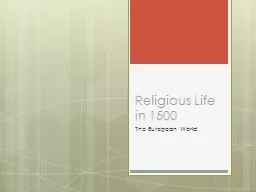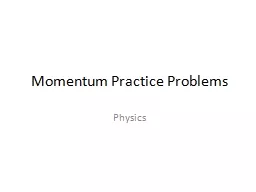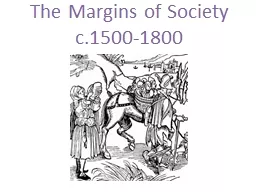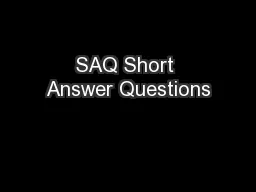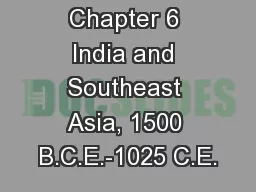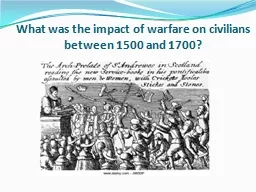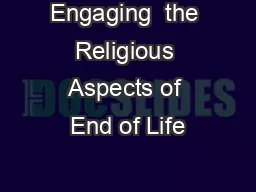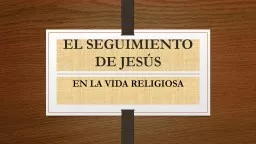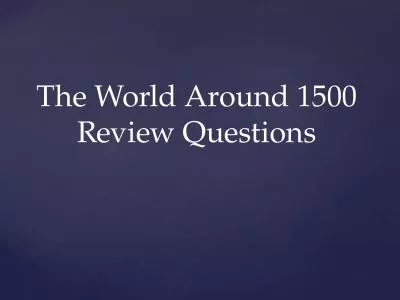PPT-Religious Life in 1500
Author : tatyana-admore | Published Date : 2016-07-02
The European World Religion why Bother Listen my son to the instructions of your mother Today I go the path of the prophets apostles and martyrs I drink the cup
Presentation Embed Code
Download Presentation
Download Presentation The PPT/PDF document "Religious Life in 1500" is the property of its rightful owner. Permission is granted to download and print the materials on this website for personal, non-commercial use only, and to display it on your personal computer provided you do not modify the materials and that you retain all copyright notices contained in the materials. By downloading content from our website, you accept the terms of this agreement.
Religious Life in 1500: Transcript
Download Rules Of Document
"Religious Life in 1500"The content belongs to its owner. You may download and print it for personal use, without modification, and keep all copyright notices. By downloading, you agree to these terms.
Related Documents

